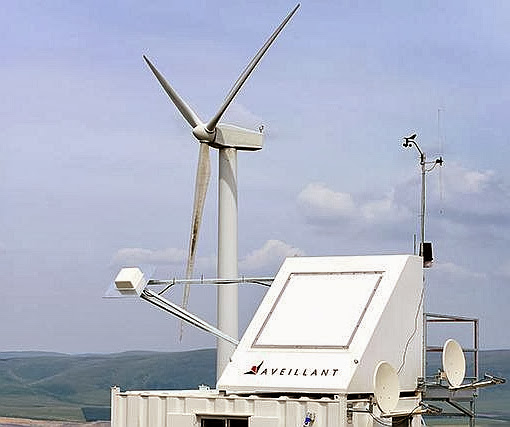New radar technology could help free up highly sought after radio spectrum currently used for air traffic surveillance.

The government has tasked the Civil Aviation Authority (CAA) with investigating options that would allow it to release bandwidth in the current air traffic radar spectrum allocation – in the ‘S Band’ between 2.7 and 2.9 GHz – to help meet its aspiration to free up 500 MHz of public spectrum by 2020.
In response, Cambridge technology firm Aveillant has been awarded a contract by the CAA to demonstrate the ability of its Holographic Radar technology to provide a spectrum-efficient alternative to S-band radar.
At present each radar typically has its own frequency assignment, but Aveillant hopes to demonstrate a surveillance system that can enable all air traffic control radars in the UK to operate through a single frequency assignment, separate from the ‘S Band’.
The firm’s radars use the L band frequency as opposed to the highly congested S band, used by current air traffic control radars and highly sought after by mobile phone operators.
Gordon Oswald, chief technology officer at Aveillant, said: “This is not a simple problem to solve, but based on our experience with Holographic Radar we’re confident that we are best placed to do so.
“Air traffic control radars cannot be simply shifted to another frequency, such as L band: this would then itself become too congested. At the same time, a much higher frequency is less suitable for long-range air traffic control radar due to atmospheric effects.
“This problem is ripe for a solution that changes the way air traffic radars occupy bandwidth. It’s going to be a demanding project to show how this solution will work – but one that we’re well equipped to handle.”
According to the firm, its 3D Holographic Radar is also proven to successfully mitigate the effect of wind farms on radar and has excelled in trials held by US and UK aviation stakeholders.
